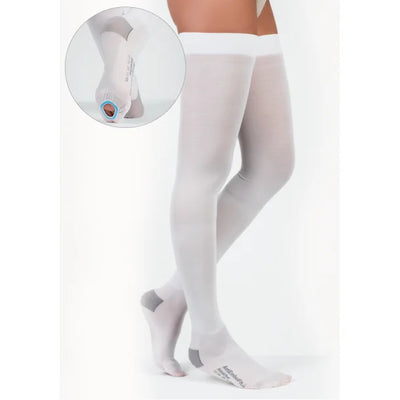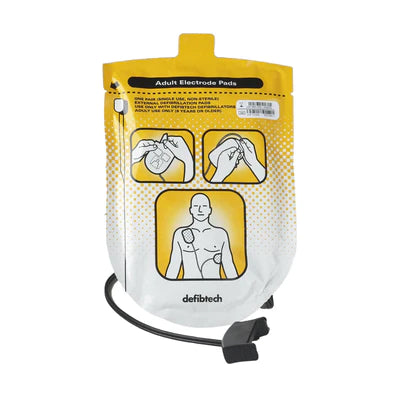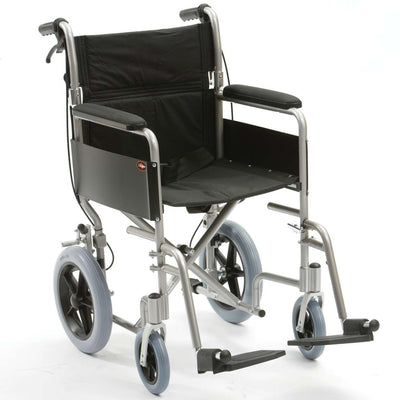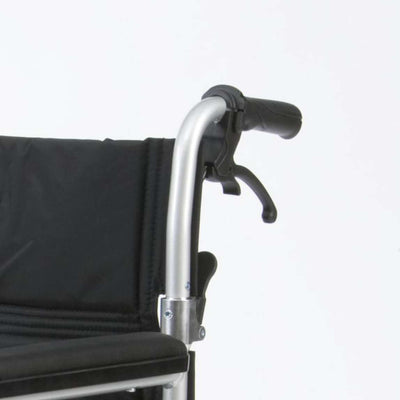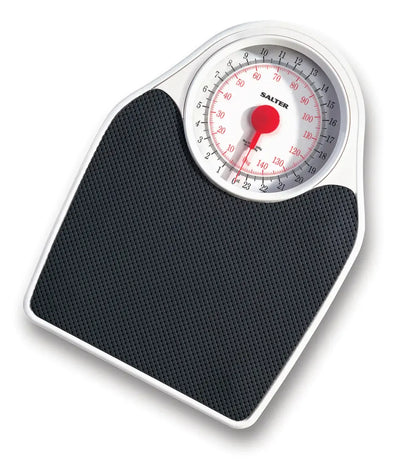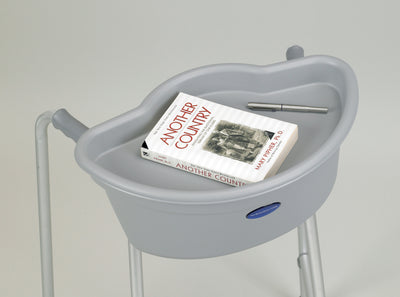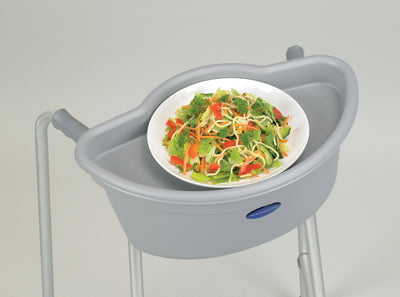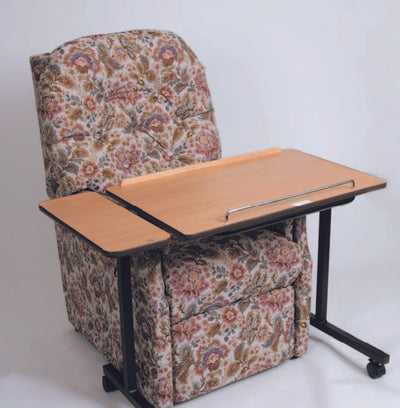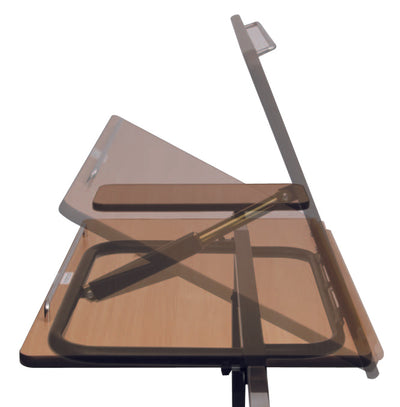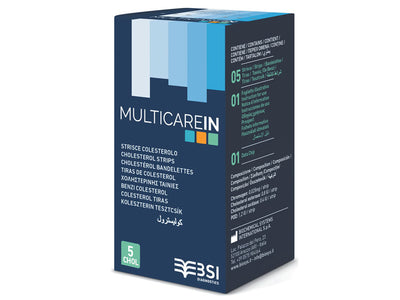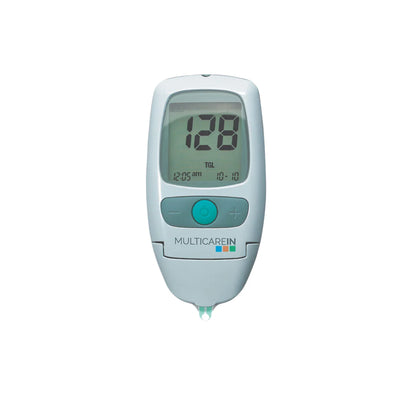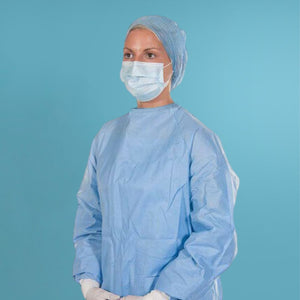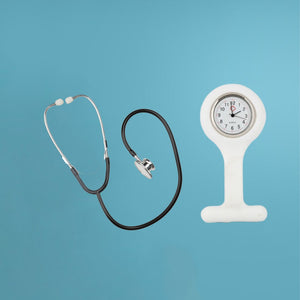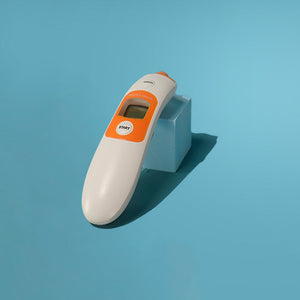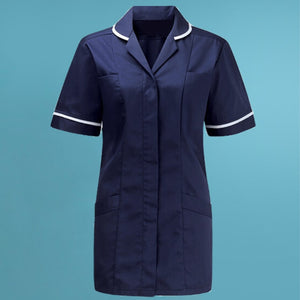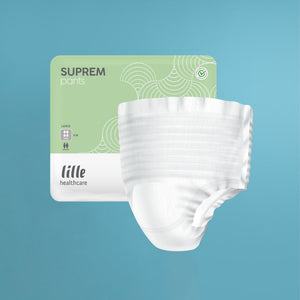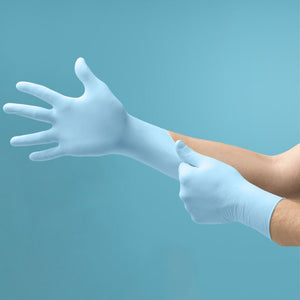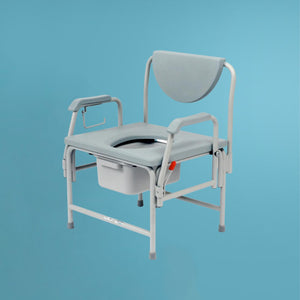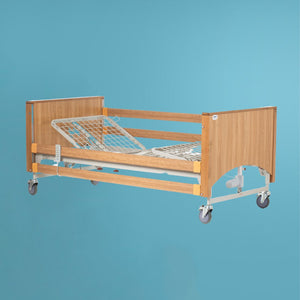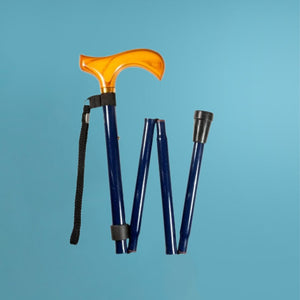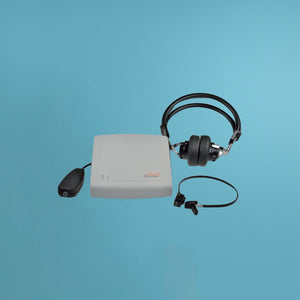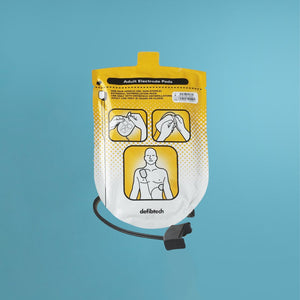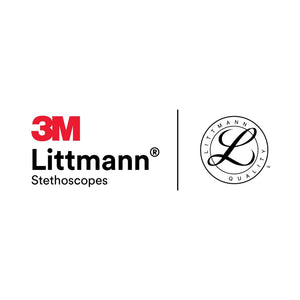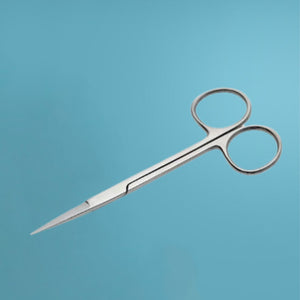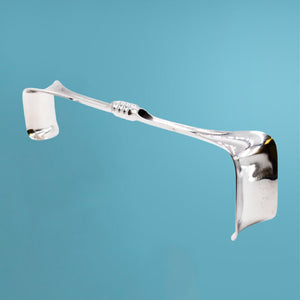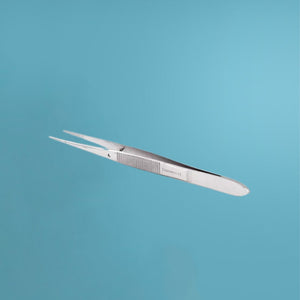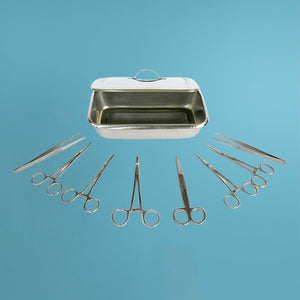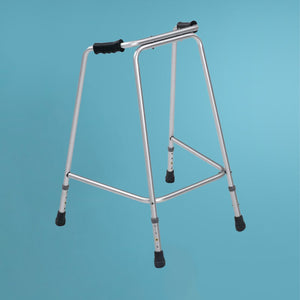Cleaning and maintaining surgical instruments and equipment is a high priority for any hospital, clinic, or health care facility.
Let’s take a look at some basic principles for properly cleaning and sterilising your surgical instruments to keep them in good condition for years to come.
Post surgery cleaning steps
Rinse immediately:
After use and within the first 20 minutes, surgical instruments must be immediately rinsed in warm water to remove any built-up blood, tissue or other material from drying on the instruments and causing contamination.
Deep manual clean:
Once instruments have been rinsed they will require a deep, manual clean. Generally, this process will include pre-soaking, cleaning, and rinsing in a series of separate sinks.
During pre-soaking an enzymatic detergent or solution will be used to break down and remove surgical waste.
During the cleaning stage a soft brush made of stiff plastic or nylon will be used to clean hard to reach places or hinges on moving joints. Steel or wire brushes will damage and scratch the instruments and are to be avoided.
Instruments will be rinsed in warm water again to remove any cleaning product residue.
Ultrasonic Clean:
After the initial manual wash, surgical instruments will go through an ultrasonic clean - the most important step in the cleaning and sterilising process. Any instruments with visible marks or stains on them will not be allowed to go into the ultrasonic cleaner.
An ultrasonic cleaning machine converts the sound energy or ultrasonic frequencies into mechanical vibrations that agitate fluid and deeply clean the surgical instruments. The ultrasound provides a deep clean, and is particularly useful for hard to reach areas, while being gentle and non-abrasive on delicate instruments and devices.
Cleaning is the most important step in reprocessing a medical device. Without adequate cleaning, disinfection and sterilisation can’t be performed effectively.
Disinfection:
Once cleaned the tools will be inspected for damage. Those with hinged or moving pieces might be lubricated to keep them working well. Then a high level disinfectant will be used to remove any remaining contaminants.
Packing:
Clean, disinfected tools will then be packed in sterile packaging - woven, unwoven wraps or blister vacuum peel packs etc. Different packaging will be selected depending on the type of sterilisation needed for each instrument, as each is rated to withstand particular temperatures and heat cycles.
Sterilising:
The final stage is the sterilisation, which can be done using a number of different methods. Sterilisation will always happen in isolation in a sterile environment to avoid any accidental contamination of tools.
Sterilisation methods can vary but include - steam sterilisation in an autoclave machine, dry heat, radiation, chemical and vaporised hydrogen peroxide sterilisation.
Storage:
Once properly packaged and sterilised, the surgical tools will be stored in sterile containers in decontaminated and sterile storage facilities.
A properly sterilised and packaged surgical instrument can remain sterile and good for use in surgery for as long as 2 years.
Need help with buying surgical equipment? We're always here to help so get in touch today.
For all your Medical and Homecare supplies give us a call at Mediworld.
We have over 40 years experience in medical, surgical, mobility and home health supplies and we're always on hand to chat if you need support or advice.

